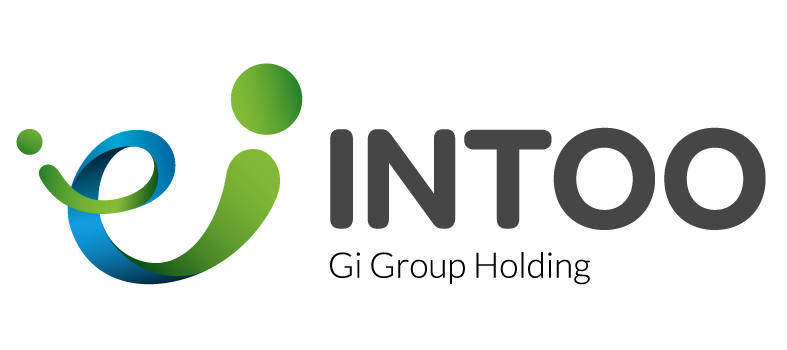What Is Staffing?
Staffing is a critical function within human resource management, focused on acquiring, deploying, and retaining the right individuals to fulfill organizational objectives. It involves the strategic and systematic allocation of human resources to various organizational roles and responsibilities. Staffing encompasses a range of activities, including workforce planning, recruitment, selection, training, and development. At its core, staffing ensures that an organization has the right people and skills in the right positions at the right time. It is a dynamic process that aligns the workforce with the organization’s goals and adapts to changing needs. Ultimately, staffing plays a pivotal role in shaping the composition and effectiveness of an organization’s human capital, contributing significantly to its overall success and sustainability.
Why Is Staffing Important?
Staffing is crucial for organizational success as it directly impacts efficiency, productivity, and overall performance. Effective staffing ensures an organization has the right mix of skilled and motivated individuals to fulfill its objectives. It contributes to optimal resource utilization by matching individuals’ talents and capabilities with specific job requirements, fostering a more productive and cohesive work environment. Proper staffing also enhances employee satisfaction and engagement, reducing turnover and associated recruitment costs. Additionally, strategic staffing addresses skill gaps, promoting continuous learning and development within the workforce. By aligning human resources with organizational goals, staffing enables adaptability to industry changes and facilitates innovation.
What Are Some Examples Of Staffing Responsibilities?
Key staffing responsibilities include workforce planning, talent acquisition, hiring, and orientation. Workforce planning involves analyzing current and future staffing needs based on organizational goals and forecasts. Talent acquisition refers to the recruiting process of attracting and surging qualified candidates for open positions. This entails developing job descriptions, promoting openings, checking references, and making job offers to top applicants. Once candidates accept jobs, the hiring process covers all pre-boarding administrative tasks like contracts, background checks, and payroll setup. Orientate and onboard new hires by introducing them to the job, team, culture, and company systems and policies so they can quickly ramp up. Ongoing staffing duties also include talent management, engagement initiatives, succession planning, and retention efforts.




